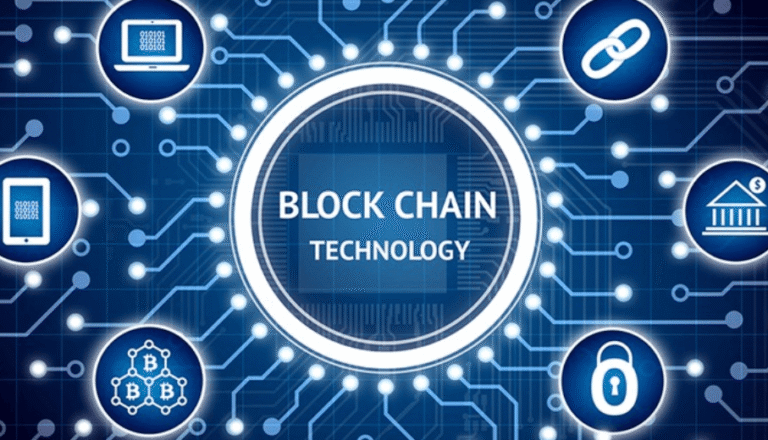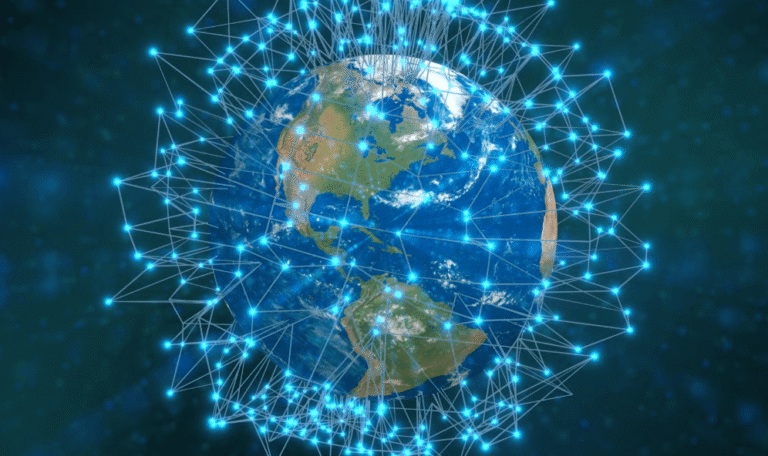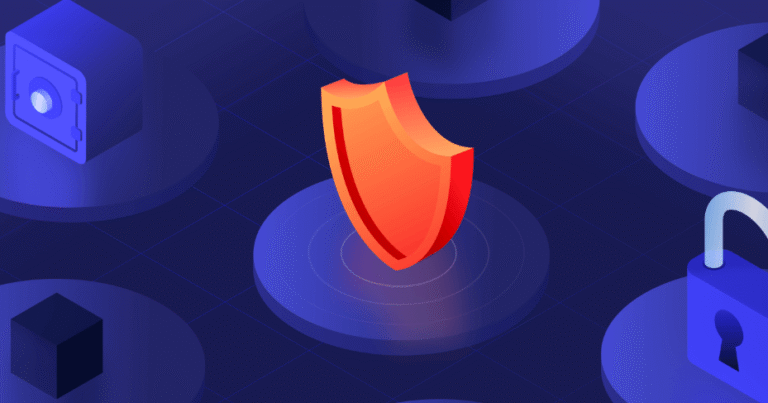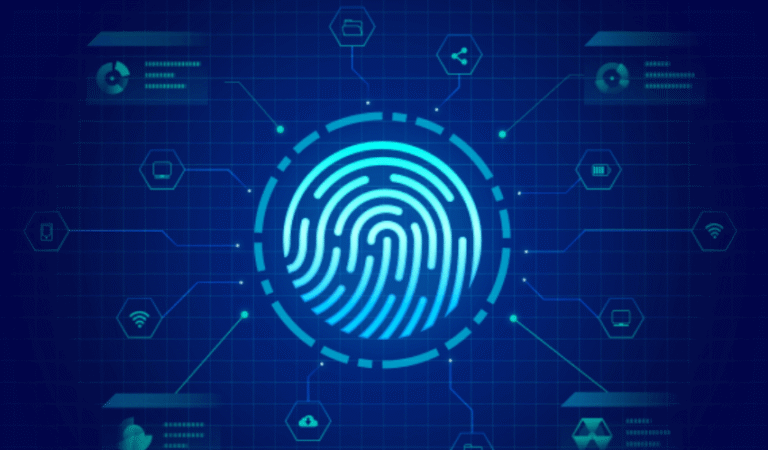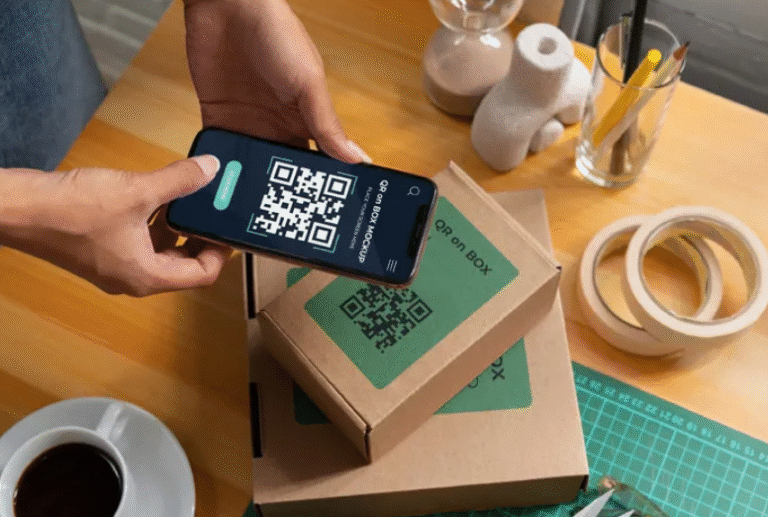How Blockchain Is Revolutionizing Digital Art
Blockchain technology is fundamentally transforming the landscape of digital art. It introduces decentralized ownership through NFTs, allowing artists to retain control over their work. This shift not only enhances financial autonomy but also addresses issues of authenticity and provenance. As the digital art market evolves, the implications of blockchain extend beyond mere transactions. The question remains: how will this innovation shape the future of creativity and commerce in the art world?
The Basics of Blockchain Technology in Art
How does blockchain technology fundamentally alter the landscape of digital art?
It introduces decentralized ownership, allowing artists to retain control over their creations.
Smart contracts automate transactions, ensuring transparency and security in the buying and selling process.
This innovative framework empowers artists, granting them the freedom to monetize their work without intermediaries, while fostering a more equitable environment in the digital art marketplace.
See also: How Blockchain Is Enhancing Data Security
NFTs: A Game Changer for Artists
The rise of non-fungible tokens (NFTs) represents a significant evolution in the way artists engage with their work and audiences.
By establishing digital ownership, NFTs empower creators to maintain control over their art and secure ongoing artist royalties.
This paradigm shift not only enhances financial autonomy for artists but also fosters a direct connection with their audience, redefining the creative landscape.
Enhancing Transparency and Authenticity
While traditional art markets often grapple with issues of provenance and authenticity, blockchain technology offers a transformative solution that enhances transparency within the digital art realm.
By enabling robust provenance tracking and ownership verification, artists and collectors can confidently navigate the complexities of digital ownership.
This innovative approach not only safeguards artistic integrity but also empowers creators and buyers alike in an increasingly decentralized landscape.
The Future of Digital Art Markets
What might the convergence of technology and creativity herald for the future of digital art markets?
As blockchain technology reshapes digital art marketplaces, artists and collectors envision a realm of limitless possibilities.
Future investments will likely focus on decentralized platforms, fostering direct artist-to-audience connections and enhancing ownership rights.
This evolution promises to liberate creativity, democratizing access and transforming traditional perceptions of value in digital art.
Conclusion
In conclusion, blockchain technology is undeniably reshaping the digital art landscape, empowering artists and fostering a more equitable marketplace. As creators embrace NFTs, they find themselves at the helm of their own destinies, reaping the rewards of direct engagement with their audience. With transparency and authenticity woven into the fabric of this new paradigm, the art world stands on the brink of a renaissance, where innovation flourishes, and artists truly have the upper hand.

